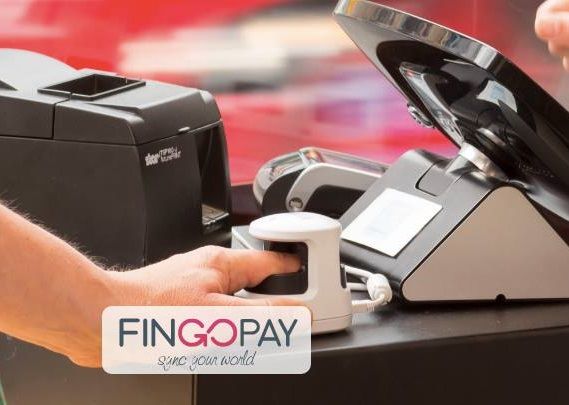Less than three years ago, the long-anticipated contactless Dankort was rolled out to replace the traditional card that used PIN codes at a terminal. Transactions could be secured simply by waving the card in front of the payment terminal.
But now the IT firm Nets, which is behind the NemID log-in system, is looking to take it a step further.
Nets is currently testing the use of a finger-based payment system, in co-operation with the finger scanner producer Fingopay, in order to make transactions even easier in the future.
“It should be even simpler for people to pay in all situations. That’s the goal of Dankort and that’s the goal of what Nets is doing. We believe that this is one of the methods that can make things easier,” Jeppe Juhl-Andersen, the head of Nets’ Dankort area, told DR Nyheder.
“Security is extremely high. Sometime we see Dankort being abused due to a sussed-out PIN code, but that won’t happen with the finger. Security is tops.”
READ MORE: Danish supermarket chain eyeing new app payment method
Early days
The new payment system, which functions as a form of biometrics, is currently being tested in the canteen at Copenhagen Business School (CBS).
Payment occurs via a scanning of the unique veins of the finger. It is the first step towards embracing new technology that will later be expanded nationwide.
“When we’ve gleaned our experiences here, we will look at where else we could use it. It’s not right around the corner, but if consumers think it’s super easy, one could imagine it in other situations,” said Juhl-Andersen.
The Danes seem to be rather adept at embracing new technology. The contact-less Dankort cards arrived on the scene in August of 2015 and, according to a Nets press release earlier this month, they already account for 50 percent of all shop transactions.














